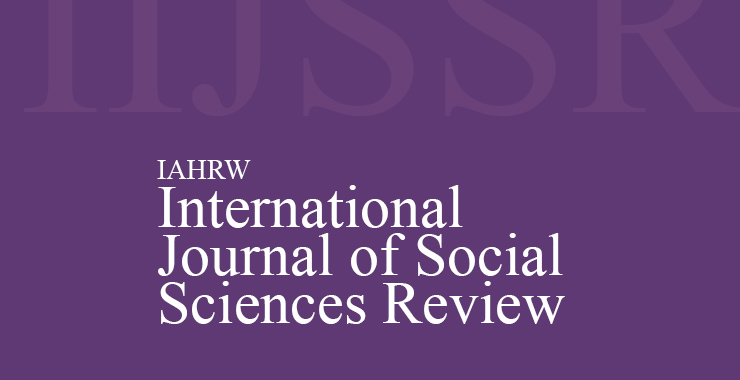Impact of Information and Communications Technologies (ICTs) on Paddy Straw Management
Original price was: ₹ 201.00.₹ 200.00Current price is: ₹ 200.00.
Page: 395-398
Ashok Kumar1, Rupender Kumar2, Mohit2, and Rajesh Kumar4 (Department of Extension Education, CCS Haryana Agricultural University, Hisar, Haryana1,3, District Extension Specialist (Extension Education), Krishi Vigyan Kendra, Rohtak CCS Haryana Agricultural University, Hisar, Haryana2, Directorate of Extension Education, CCS Haryana Agricultural University, Hisar, Haryana4)
Description
Page: 395-398
Ashok Kumar1, Rupender Kumar2, Mohit2, and Rajesh Kumar4 (Department of Extension Education, CCS Haryana Agricultural University, Hisar, Haryana1,3, District Extension Specialist (Extension Education), Krishi Vigyan Kendra, Rohtak CCS Haryana Agricultural University, Hisar, Haryana2, Directorate of Extension Education, CCS Haryana Agricultural University, Hisar, Haryana4)
The study was planned and conducted with the objective of assessing the usage pattern and impact of Information and Communication Technology (ICT) on paddy straw management among farmers. A total of 80 respondent farmers were randomly selected from two blocks-Indri and Karnal-of Karnal district, purposively chosen due to their highest paddy cultivation area in Haryana. The findings revealed that the majority of respondents were middle-aged, educated up to the senior secondary level, possessed medium landholdings, and belonged to the medium socio-economic category. Most of the farmers had a moderate level of mass media exposure, extension contacts, risk orientation, scientific orientation and economic motivation. Submersible pumps were the most commonly used source of irrigation. Among ICT tools, mobile phones and televisions had the highest availability and accessibility, with mobile phones being used very frequently by most farmers for accessing agricultural information.

